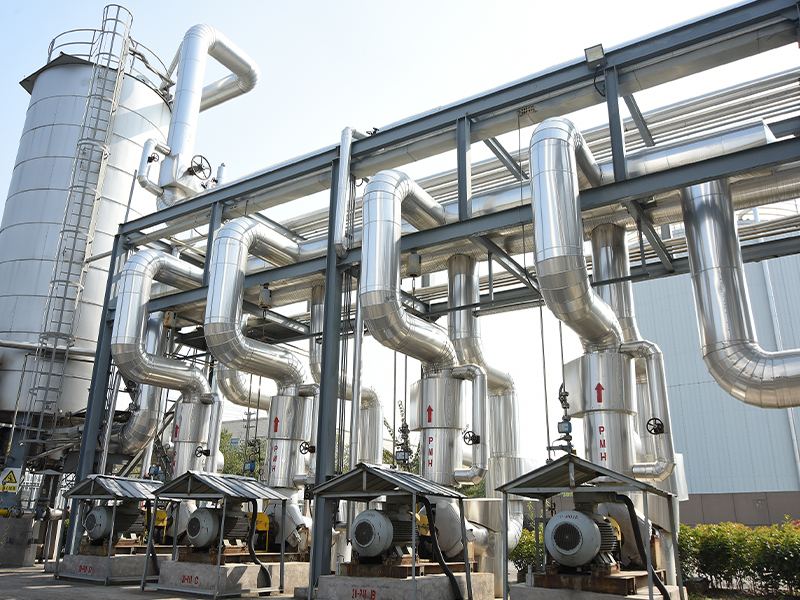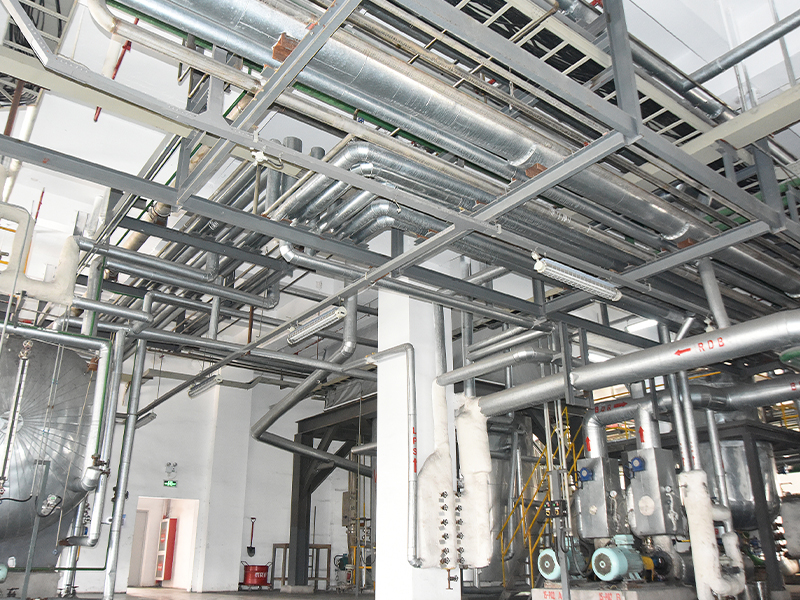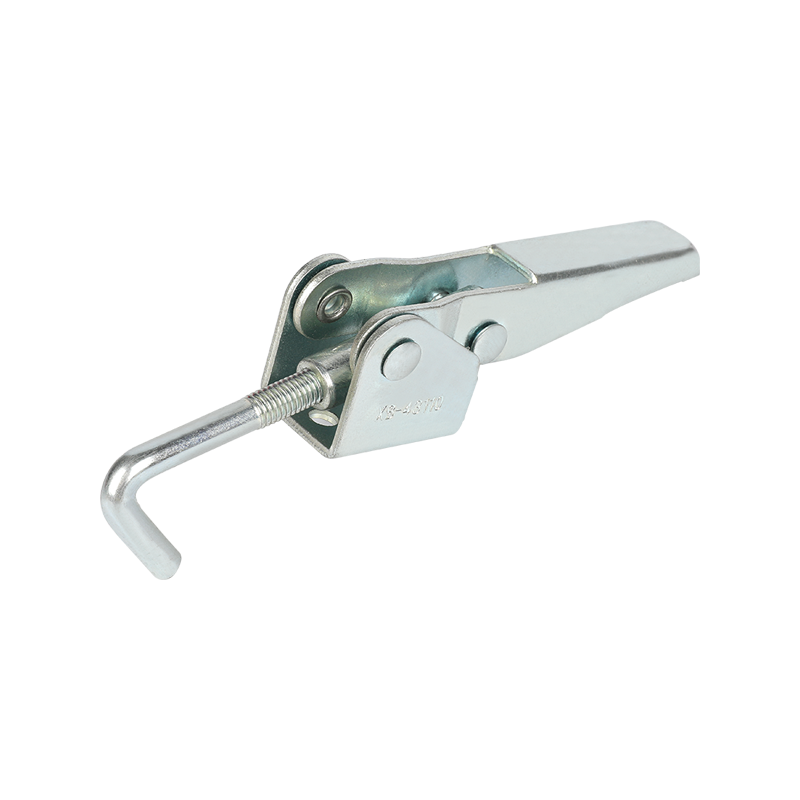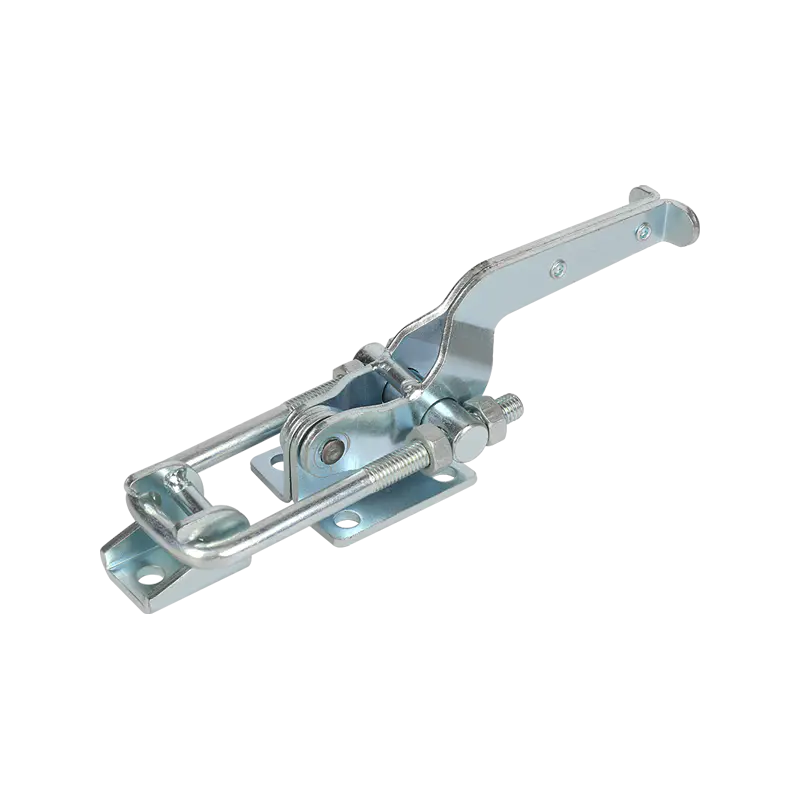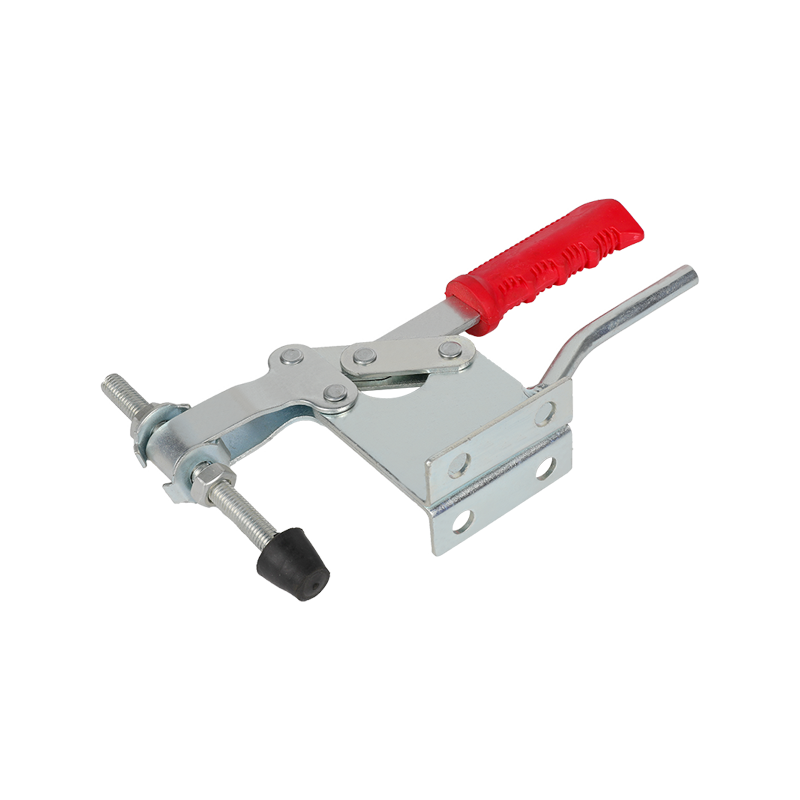Annealing: Relieve internal stress and optimize processing performance
Annealing is the process of heating the carbon steel handle to an appropriate temperature, keeping it for a certain period of time, and then slowly cooling it. This process is designed to allow the atoms inside the handle to obtain enough energy to rearrange themselves, thereby eliminating the residual stress generated during the previous processing. The presence of residual stress will cause the handle to deform or even crack during subsequent use, and annealing can effectively reduce this risk.
In operation, the annealing temperature is different for carbon steel handles with different carbon contents. The determination of the holding time needs to comprehensively consider factors such as the size, shape, and composition of the handle to ensure that the heat can evenly penetrate all parts of the handle. The cooling process usually adopts the method of furnace cooling. This slow cooling allows the internal organization to fully transform to a balanced state.
The carbon steel handle that has been annealed has a lower hardness and significantly improved plasticity. This makes the handle smoother during subsequent mechanical processing, such as turning, milling, drilling, etc., and the wear of the tool will be reduced accordingly, and the processing accuracy can be improved. Annealing is an essential pretreatment process for some handles that require high dimensional accuracy and surface quality. For example, when manufacturing carbon steel handles for precision instruments, annealing can provide a good foundation for subsequent high-precision processing, ensure the dimensional stability of the handle, and avoid processing deformation caused by internal stress.
Normalizing: Refining the structure, improving strength and hardness
Normalizing is similar to annealing, but there is a significant difference in cooling speed. Normalizing is to heat the carbon steel handle to 30-50℃ above Ac3 or Accm, keep it warm, and then cool it in the air. Due to the relatively fast air cooling speed, the pearlite lamella spacing formed in the handle during the cooling process is smaller and the structure is finer.
The heating stage also requires precise temperature control to ensure that the internal structure of the carbon steel handle is fully austenitized. The control of the holding time must ensure that the austenite is homogenized, laying the foundation for the formation of an ideal structure in the subsequent cooling. When cooling, it is naturally cooled in the air. This cooling method is relatively simple and low-cost.
The strength and hardness of the carbon steel handle after normalizing are significantly improved. This characteristic makes normalizing widely used in the processing of low-carbon steel and medium-carbon steel handles. For low-carbon steel handles, normalizing can appropriately increase their hardness, improve cutting performance, make them easier to cut during processing, and improve processing efficiency. In the processing of medium-carbon steel handles, normalizing can sometimes replace quenching and tempering (quenching + high-temperature tempering) to prepare the organization for high-frequency quenching. At the same time, normalizing can reduce the deformation of steel parts and reduce processing costs. It is especially suitable for some application scenarios that have certain requirements for comprehensive performance but do not need to achieve the high cost investment of quenching and tempering. For example, in the manufacture of carbon steel handles for some ordinary hand tools, normalizing can not only meet the requirements of strength and hardness of the handle during use, but also ensure the economy of production.
Quenching: Greatly improve hardness and wear resistance
Quenching is a process of heating a carbon steel handle above the critical temperature, keeping it warm for a certain period of time, and then cooling it rapidly. This process can transform the austenite inside the handle into martensite, which has extremely high hardness, thereby significantly improving the hardness and wear resistance of the handle.
When heating, for hypoeutectoid steel, it is necessary to heat to a certain temperature above Ac3 to ensure that ferrite is completely transformed into austenite; for hypereutectoid steel, it is heated to above Ac1 (the starting temperature of pearlite to austenite transformation during heating) and below Accm, retaining some undissolved cementite to improve the wear resistance of the handle. The holding time must ensure the homogenization of austenite, but it should not be too long to prevent grain growth. When cooling, rapid cooling is crucial. Commonly used cooling media include brine, water, mineral oil, etc. Different cooling media have different cooling speeds, which have a significant impact on the quenching effect. For example, brine has a fast cooling speed, which can make the carbon steel handle have a higher hardness, but the internal stress is also large; the cooling speed of oil is relatively slow, which can reduce the internal stress, but the hardness increase is relatively small.
The hardness of the carbon steel handle after quenching is greatly improved, and the wear resistance is significantly enhanced. It is widely used in the manufacture of some tool handles that need to withstand frequent friction and wear. The handles of tools such as axes and hammers can maintain good wear resistance in long-term use after quenching, reduce handle failure caused by wear, and extend the service life of the tools. However, rapid cooling during quenching will produce large residual stress inside the handle, which may cause the handle to deform or even crack, so tempering is usually required after quenching.
Tempering: Balance hardness and toughness to stabilize handle performance
Tempering is a process in which the quenched carbon steel handle is heated to an appropriate temperature below the lower critical temperature Ac1, kept warm for a period of time, and then cooled in air or water, oil and other media. Its main purpose is to eliminate the residual stress generated by quenching, adjust the balance between the hardness and toughness of the handle, and enable the handle to obtain good comprehensive performance.
The choice of tempering temperature determines the performance of the final handle. According to the tempering temperature range, it can be divided into low-temperature tempering, medium-temperature tempering and high-temperature tempering. Low-temperature tempering can maintain the high hardness and wear resistance of the quenched handle, while reducing the quenching residual stress and brittleness. It is often used for the treatment of handles of various types of high-carbon steel tools, cutting tools, measuring tools, molds, etc. Medium-temperature tempering can make the handle obtain higher elasticity and yield point, as well as appropriate toughness, and is suitable for the manufacture of handles with similar functions such as springs and springs. High-temperature tempering can make the handle obtain good comprehensive mechanical properties of strength, plasticity and toughness, and is widely used in the handles of various important load-bearing structural parts, such as connecting rods, bolts, gears and shaft parts.
During the tempering process, as the temperature rises, the martensite gradually decomposes, carbides precipitate, transform, aggregate and grow, and the ferrite also undergoes changes such as recovery and recrystallization. These changes in microstructure directly affect the macroscopic properties of the handle. For example, during high-temperature tempering, martensite transforms into tempered troostite, and fine spherical carbides are distributed in the internal ferrite matrix. This organizational form makes the handle have a certain strength while having good plasticity and toughness, and can withstand large external impacts without breaking easily.
Industry News
Home / News / Industry News / How does heat treatment improve the performance of Carbon Steel Handle?
Industry News
May 08, 2025 POST BY ADMIN
How does heat treatment improve the performance of Carbon Steel Handle?
Message Feedback
News & EVENT
Product Categories
Recent Posts
If You Are Interested
In Our Products,
Please Consult Us
In Our Products,
Please Consult Us
Copyright © 2023 Shanghai Bingshuo Hardware & Machinery Co., Ltd. All Rights Reserved.
OEM/ODM Industrial Stainless Steel Hardware Latch Toggle Clamp Suppliers
Privacy
 English
English Español
Español русский
русский